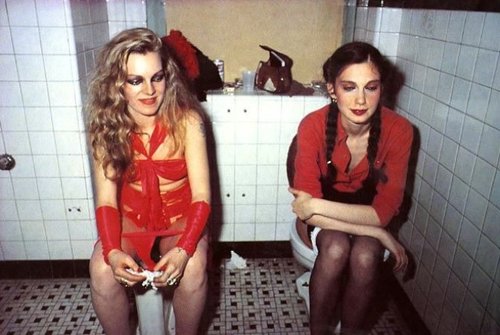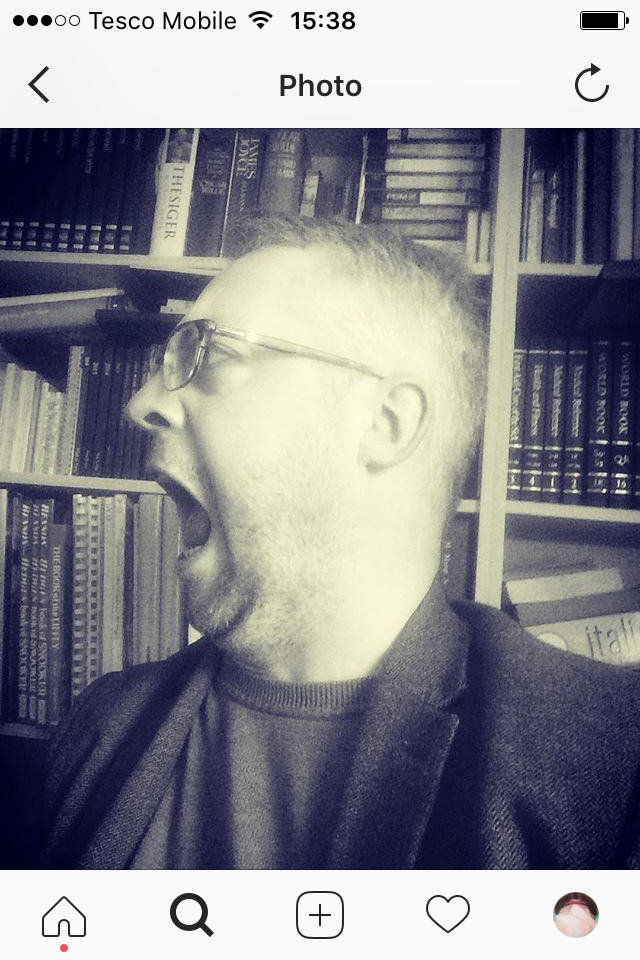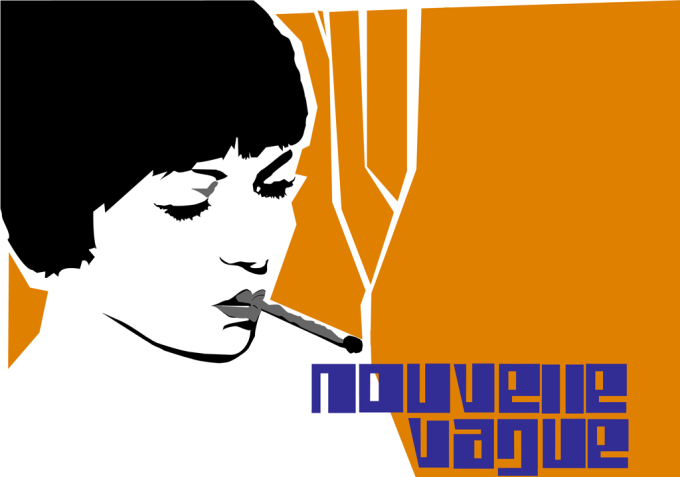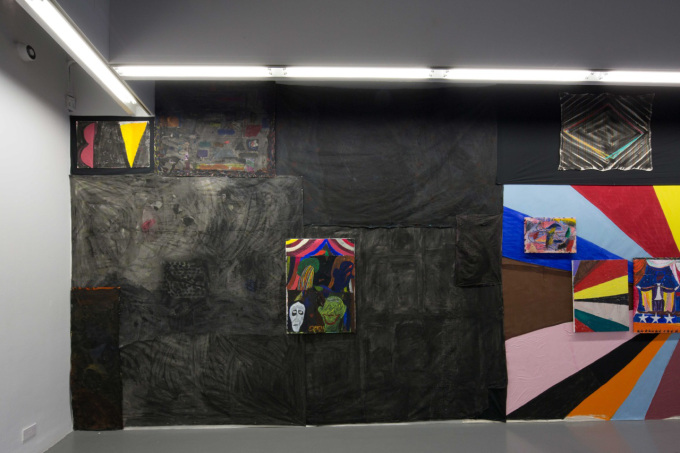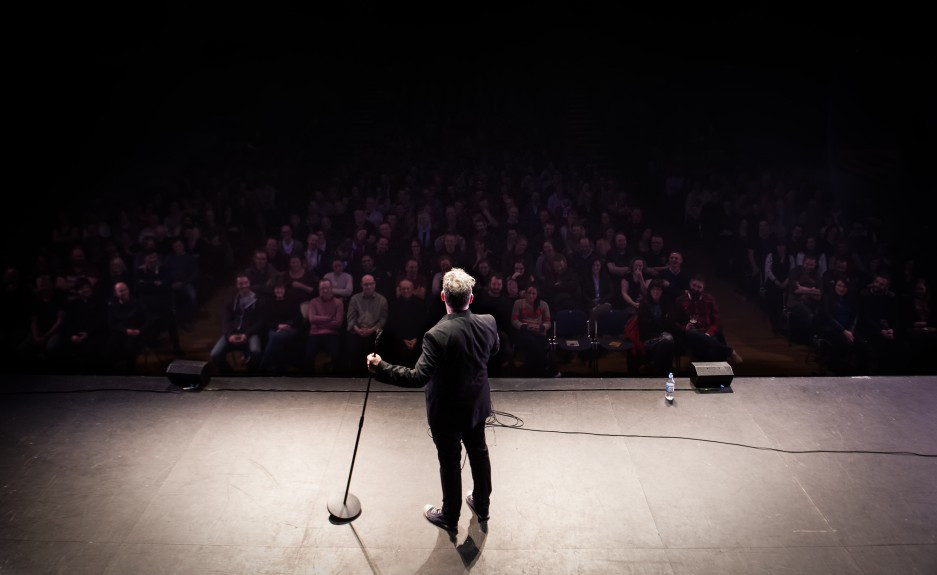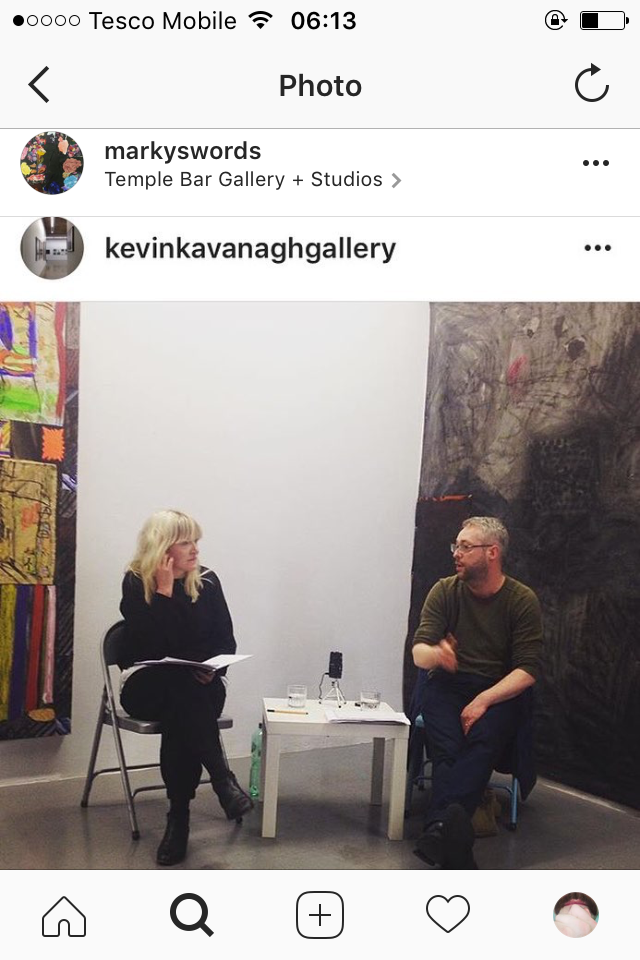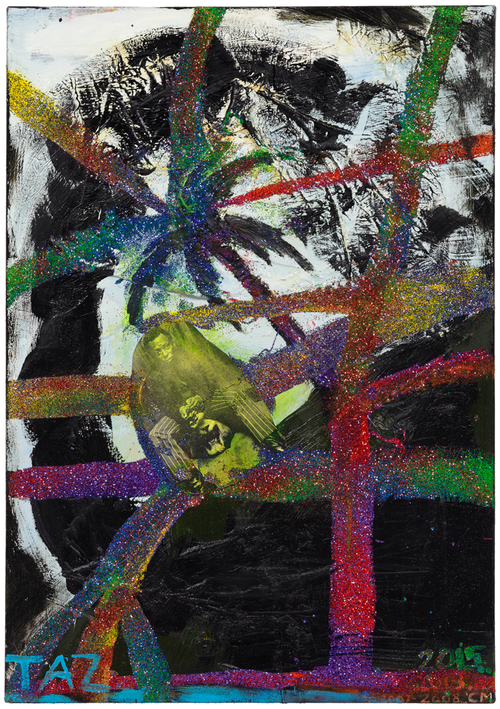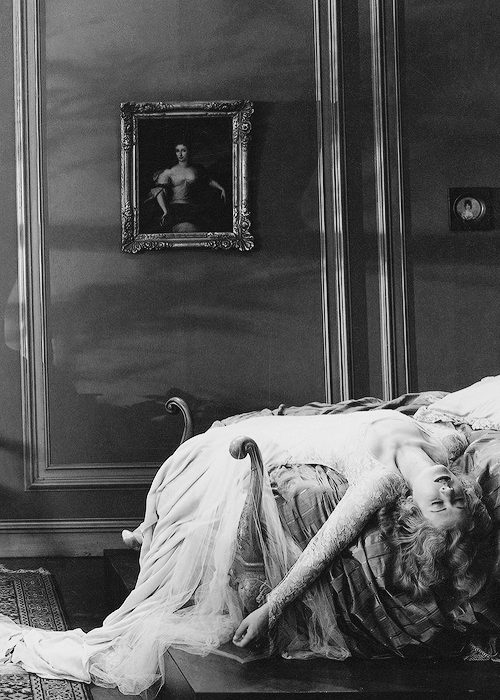MADDER LAKE ED. #4 : 'Crimson Wave' tale of art and menstruation
EDITIONS
Fargo, S3/E2, 2017.
Period sex, period sex/ Put down a towel, party till it's dry/ With some period sex/ Period sex/ Think of it as just Mother Nature's juice cleanse/ Period/ Sex/ Period sex...
(Extract from song 'Period Sex' performed in the Netflix series 'My Crazy Ex-Girlfriend', Season 2 / Episode 3, 2016.)
Sorcha Peyton, Gallery of Modern Art (GOMA), Waterford City, July 2017. Image: James Merrigan.
An 'egg cup' sits under a glass dome on a plinth in a gallery. On closer inspection the 'egg cup' has a short stem, ribbed like a trachea, that stands on a black base that neatly slots into the glass dome. Everything is snug and safe. In the cup there is a dark red liquid that turns bright red where the liquid touches the inside of the 'egg cup' like wine against glass. The 'egg cup' is not an egg cup, it's a Mooncup, or Menstrual Cup between you and me. The red liquid is period blood. This 40ml cup of blood is surrounded by four other artists' work in the group show 'Sisters of the Moon' in the newly named non-profit gallery GOMA (Gallery of Modern Art – formerly SOMA), which is a half hour walk from my house in Waterford City. This cup of blood makes distant metaphors of everything else in the show.
I'll tell you why.
Either en route to GOMA or on the return walk home (a bit of both) I reflected on my obsessive viewing of Vernissage TV (VTV), a kind of art-voyeur porn found online. Based in Switzerland, VTV covers art exhibitions around the globe in the style of verité documentary. What's creepy and fun about VTV in comparison to our own chaste Culture Fox is there's no talking or explaining. All you get is a confused cameraman following around equally confused gallery goers as they try to navigate the vagaries of contemporary art and avoid the camera. Watching the awkward bedfellows of human and art in the gallery you realise that, one, art is a good thing for the socially awkward to hang with because art makes everyone look socially awkward; and two, art makes an idiot out of all of us no matter how cooly detached or on-the-pulse you think you are.
[Colour-altered] still from Vernissage TV: Paul McCarthy, Life Casts, Hauser & Wirth, New York, 10 May – 26 July 2013.
A recent edition of VTV documents an opening night of a New York exhibition by an artist who does visceral better than anyone else in the artworld, Paul McCarthy. People are caught on camera practising cool detachment; one guy is carrying a coffee and another is munching on some hors d'oeuvre. But what I look out for most in VTV is what art critic Roberta Smith has diagnosed as a "hardening of the veins". This happens in every walk of life. We settle into, become familiar with, acclimatise and become accustomed to whatever walk we walk and talk we talk; art too. Over time the artist, the regular gallery goer, even art grows a skin. We become cynical; worse, apathetic. It's going to happen to you if it hasn't already, like man-munching-canapé. Sounds like I have given up on the good fight, that I have grown one skin too many? Fuck, I'm a snake at this point but I still feel the need to pump my veins with art.
So. En route to GOMA I was intrigued to come across the use of the word "visceral" by the curator Eamonn Maxwell in his description of Sorcha Peyton's work (which includes the cup of 'crimson wave') at GOMA. A big claim I thought – 'visceral' in an art gallery. I read it in Eamonn's blog curatoronabike, which is a kind of travelogue of the Irish art scene. But Eamonn's use of the word visceral didn't really measure up to his description of Peyton's cyanotypes of tampons, and with no mention of the cup of 'tomato soup on the boil' I was lost in translation. Tampons? Cyanotypes? Visceral? "These works feel quite visceral" was followed by "as they deal with subjects that remain taboo and seldom highlighted in contemporary art". Although Peyton's cyanotypes are interesting as metaphors or manifestoes against ad agencies using clean blue not dirty red to illustrate menstruation in their commercials they do the art thing of making cerebral metaphors of the visceral world, and in this case a metaphor out of a metaphor. As I made my way to GOMA and stumbled over Eamonn's "visceral" I became suspicious that something was being unsaid; unless Eamonn's definition of visceral was more digestible than mine. It's possible, veins hardened vs veins pulsing with blood and all.
Pioneers, Oregon Trail.
I get it. A man discussing menstruation is as welcome as a man discussing pain around a woman who has went through childbirth. It's worse. After experiencing Peyton's cup of 'red wedding' I have since tried to bring up the subject of menstruation in the context of the art gallery with my wife at the breakfast table and friends in a restaurant (don't ask me why around food). From both genders I was met by scrunched-up faces first, and then the brain kicks in before an efficient change of subject. It's an ironical natural reaction to a natural process. Forget Freud, the uterus (hysteria in Greek) has had a bad name all the way back to Pliny the Elder, who describes the onset of natural world pestilence if a menstruating woman strips naked in the vicinity of hives of bees and ears of corn. One of the saddest facts I researched was: "Such was the taboo against the subject, that the historian Laura Klosterman Kidd of Iowa State University found not a single direct reference to menstruation in the nineteenth century diaries, letters or inventories of wagon trains of North American pioneer women." To be honest, I didn't know that Peyton's 'egg cup' was a Mooncup until I joined the dots and the blood in the gallery.
My Crazy Ex-Girlfriend, S2/ E3, 2016.
The one place where you will find menstruation fearlessly explored is contemporary television where the theme of Period Sex has played out in song in the comedy-musical series My Crazy Ex-Girlfriend, and in the wacky aftermath of sex in the girl-wrestling-1980s-'period'-comedy series Glow. There has also been plenty of nodding to menstruation in Orange is the New Black, where in one scene a prisoner smears her face in menstrual blood to fake an injury. And not to forget the latest season of Fargo in which the female protagonist smears menstrual blood on a picture of a donkey with the sugary and spicy and all things nicey rejoinder: “Who’s the ass now?"
The word visceral brought me here and it is where I will sign off. I'm obsessively weary of words that inflate the experience of art, which, for me, is a flatline experience with peaks and troughs of brain teasing and intestinal tugging. I read somewhere that the bowel was once thought of as the seat of emotion – the meaning of 'visceral' comes from that same belief system, that same intestinal tugging. Over the years of reviewing art I have used the word visceral (rarely) as a way to describe bodily feelings and desires that play out in the gallery in a more explicit and literal way. In these instances the art is less suggestive, the feelings and meaning rubbed in your face. Sometimes visceral pops up in degree shows, a case of yellow fledgling artists being once-removed from the white mother goose art scene (it's important to mention that Peyton is a recent LSAD graduate). Having a glass of wine around visceral art is just plain silly and insulting. But for artists and curators and writers the visceral world is cerebrally cleaner to digest as metaphor, even when the metaphor gets stripped down to a cup of blood, in a health and safety glass dome, in an artist-run gallery in Waterford City.
Sisters of The Moon through 30 July 2017.
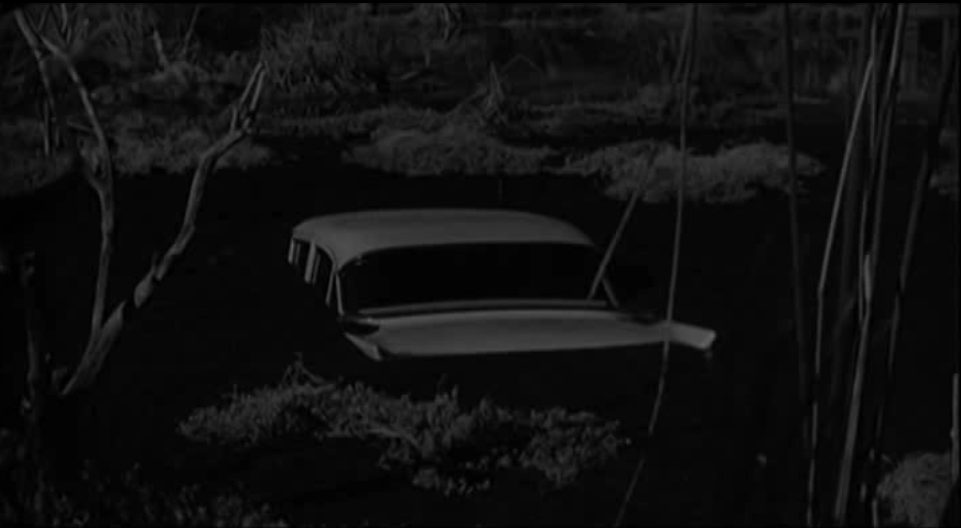



![[Colour-altered] still from Vernissage TV: Paul McCarthy, Life Casts, Hauser & Wirth, New York, 10 May – 26 July 2013.](https://images.squarespace-cdn.com/content/v1/594626eae3df28301b1981dc/1507730331435-EJOPXDNLEHCZ0BDZLFTJ/static1.squarespace.png)
























![MADDER LAKE ED. #10: TOWARDS A HABIT [ psychoanalytically speaking ]](https://images.squarespace-cdn.com/content/v1/594626eae3df28301b1981dc/1513427037670-14LCX8VBQFY0V1FCMR03/gober-circa-1985.jpg)











